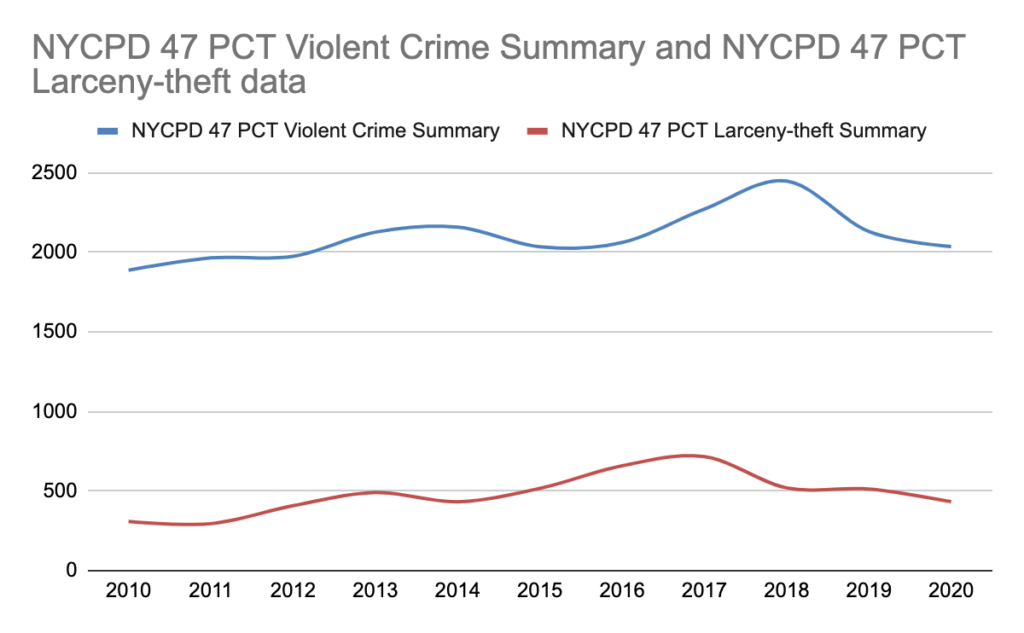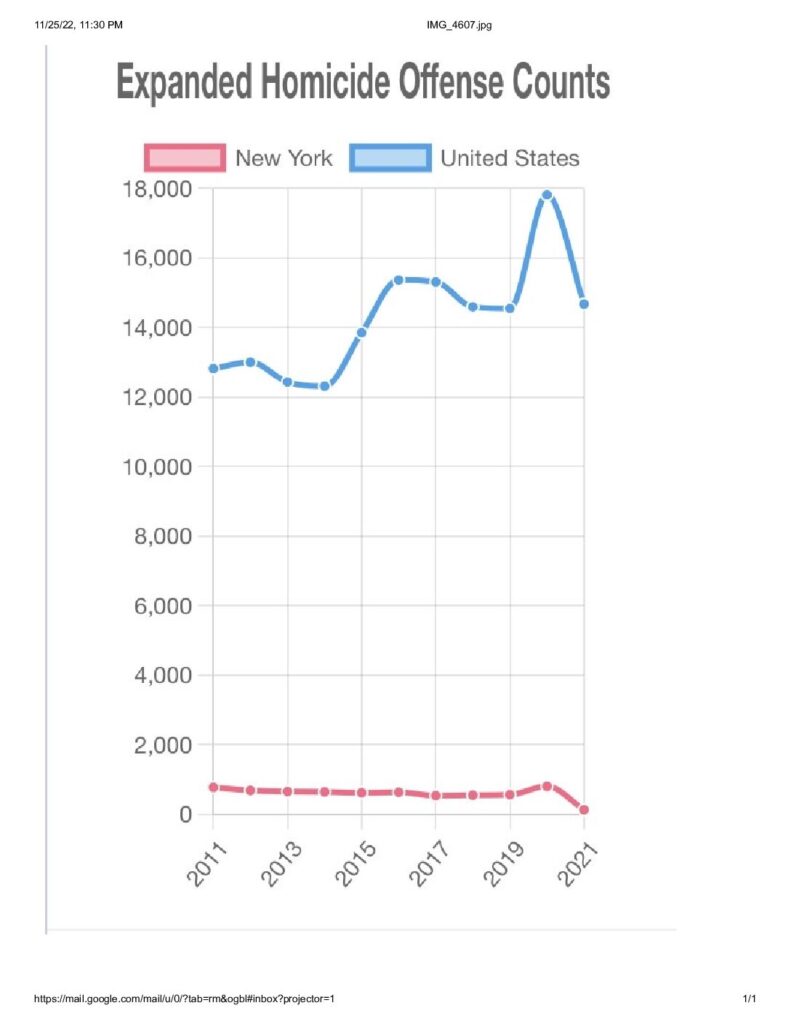NYU Furman center New York deals with the neighborhood data profiles, by viewing and
downloading the neighborhood indicators. They provide more information in-depth about the
demographics, housing market and the land use. Those indicators helps use in understanding the
local housing, demography trends, identify the customers’ needs and policy making.
Considering the financial district, in 2019, demographics show that there were 164, 514
individuals in the district. Out of the number, 13.8% were Asians, 3.4% were black, 11.4% were
Hispanic and 68.4% were White. That explains that majority of individuals were white and the
least were black.
There were different household groups in the financial district. The group with highest share in
2019 was $ 100, 001-$250,000 with 36.7%. Also, in 2020 it had largest share but at a slight
lower percentage of 34%.The poverty level in the financial district was 6.1% compared to the
16% of the citywide.
The real rent gross median point in the district increased from $2,330 in the year 2006 to $ 2,930
in 2019. In the year 2019, the percentage of the renter households that were at rent burden was
16.6% (most of the renters spent 50% of their income on the rent only). In the same year the
vacancy rate in the district was 4.7%.
The house ownership rate in the citywide was 31.9% in 2019 compared to 31.6% in the financial
district. There has been an increase of 6.3% in the house ownership rate in the neighborhood
since 2010. There were 9.3% mortgage that was introduced per 1000 1-4 property of the family
and the condominium units.
Security is very important in every surrounding. The serious crime rate was 16 crimes per 1000
residents in 2021 in comparison with 12.2 crimes per 1000 residents citywide.
Overall Relation to Dare Project
Drug abuse resistance education is a given program that seeks to prevent use of the controlled
drugs, violent behavior and membership in gangs. It’s my expectation that the crime rate in the
financial district would go down past the citywide. Also, it will be great if discrimination as per
race would end to reduce the stigma among the children.









